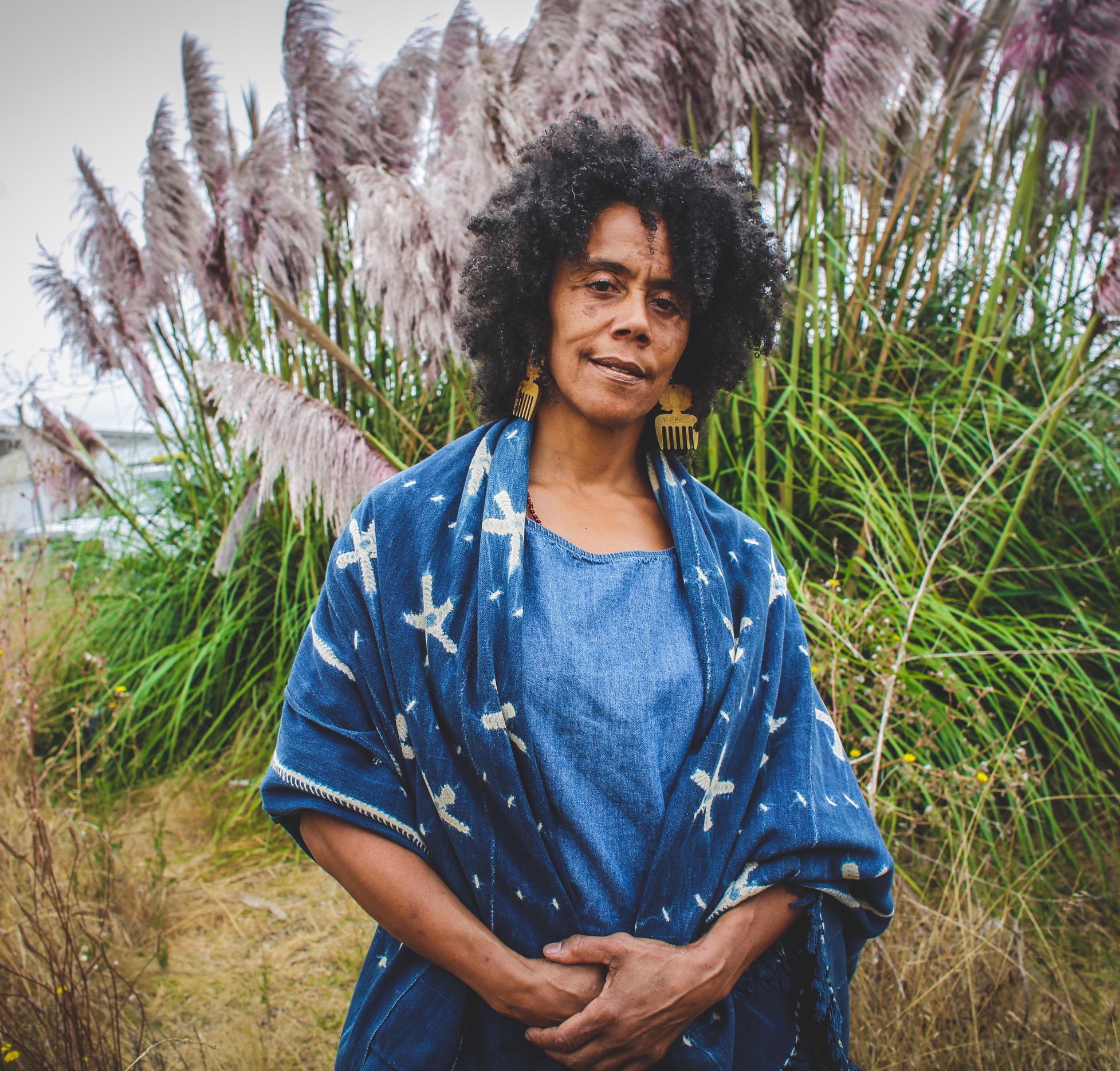Committee on Black Performing Arts
History
In 1969, a group of students came together to form the Committee on Black Performing Arts (CBPA) as a cultural resource to Stanford and surrounding communities. CBPA hosted artists, created master classes and workshops, staged productions, and published the Black Arts Quarterly, a literary journal.
As Asian American Studies and Chicano Studies gained traction in the academic world, Charles Lyons, the chair of Stanford’s Drama Department at the time, met with the staff of the Committee for Black Performing Arts about creating an Institute for Diversity in the Arts. Lyons saw the opportunity to have the Institute for Diversity in the Arts provide a space on campus to express and promote the work of artists of color. Lyons passed in 1999, but his dream lived on with the establishment of the Institute for Diversity in the Arts (IDA) in 2000 with a grant from the James Irvine Foundation.
With Harry J. Elam as Director, Georgina Hernandez as Associate Director, Elena Becks as Program Administrator, and Robert Moses as Artist in Residence, IDA had its founding staff. Elam explained “one focus was bringing diverse artists to campus and creating workshops for students with those artists,” followed by, “a showcase of student work from those workshops.” During winter quarters, IDA would host nationally and internationally renowned artists with commitment to community and change as well as experience or interest in teaching.
The grant from the James Irvine Foundation was only expected to last for four years, but a student showcase inspired Sharon Long, the Dean of Humanities and Sciences at that time, to fund IDA and CBPA as one entity. The Committee on Black Performing Arts and the Institute for Diversity in the Arts merged in the fall of 2005.
We maintain the aesthetic and social justice legacy of that storied institution both in all of our work at IDA and through the revitalization of the CBPA. In our 14 years, we have involved hundreds of students each year in courses and workshops, and established an IDA concentration within both the African & African American Studies and Comparative Studies in Race & Ethnicity Programs. Past visiting artists include: dream hampton, Faisal Abdu’ Allah, Joan Morgan, Favianna Rodriguez, Saul Williams, Ralph Lemon, Rennie Harris, Ruben Martinez, Mark Gonzales, Emile YX, and many more.
Below, the trailer to REVIVAL, Millennial reMembering in the Afro NOW, last year's Stanford Taps' Main Stage production written by Amara Tabor-Smith, Artistic Director of CBPA and IDA's Artist-in-residence to celebrate CBPA's 50th anniversary.
Artistic Director of CBPA and IDA Artist-in-residence: Amara Tabor Smith
Amara Tabor Smith is an Oakland based choreographer/performance maker who describes her work as Afro Futurist Conjure Art. Her dance making practice utilizes Yoruba spiritual ritual to address issues of social and environmental justice, race, gender identity and belonging. She is a 2018 USA Artist Fellow, a 2017 UBW Choreographic Center Fellow, and is a 2016 recipient of the Creative Capital Grant along with collaborator Ellen Sebastian Chang. Amara is the artistic director of Deep Waters Dance Theater and was the co artistic director of Headmistress with Sherwood Chen.
In addition to her own work, she has performed and collaborated with dance and performance artists such as, Ed Mock, Joanna Haigood, Ana Deveare Smith, Marc Bamuthi Joseph, and she is the former associate artistic director and company member of Urban Bush Women. Other grants and awards include, Headlands Center for the Arts, Kenneth Rainin Foundation grant, Wallace Alexander Gerbode grant, and ODC Theater Artist in Residence (2013-2015). Amara received her MFA in Dance from Hollins University. She is a Stanford TAPS/IDA Artist in Residence and the Artistic Director of Committee on Black Performing Arts.
The artist-in-residence program at Stanford’s Institute for Diversity in the Arts (IDA) offers a university-recognized renewable lecturer appointment for a performance artist whose work integrates concerns of community practice and social justice. The artist-in-residence also holds a leadership position at IDA as Artistic Director of the Committee on Black Performing Arts working with students and taking advantage of the multidisciplinary environment to grow and expand their creative work.

